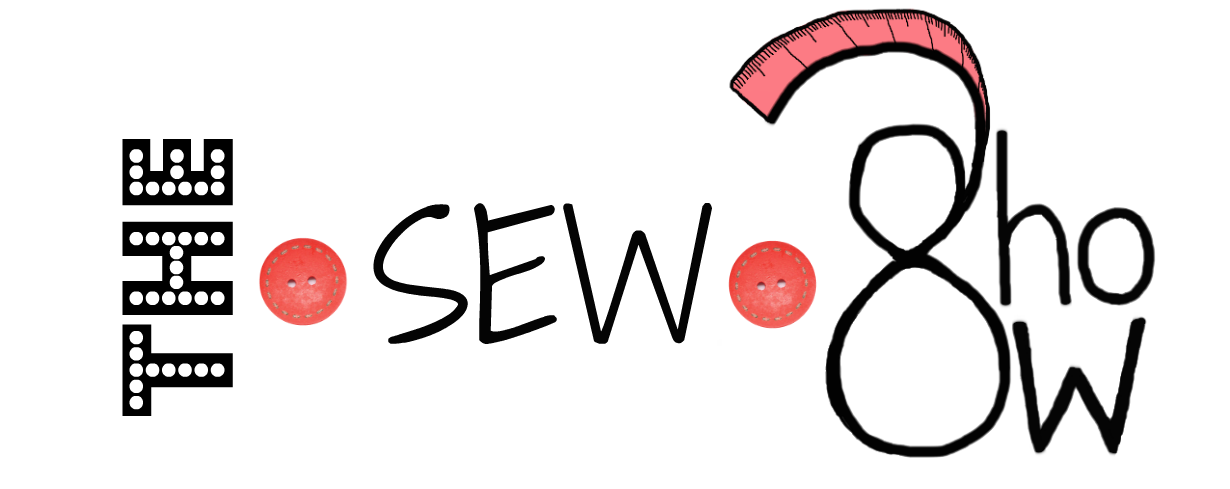- Cut the fabric right way.
- Get the bias binding out of the fabric.
- Get deep into the different parts of fabric.
- Know the way it affects the way fabric hangs and stretches.
- Know the way it affects the way a dress fits you.
First things first,
Fabric Grain refers to the orientation of the weft and warp threads.
Weft and warp refers to the threads which finally make up the fabric or cloth. Warp is the lengthwise or longitudinal thread in a roll, while weft is the transverse thread.
The three grains are straight grain, cross grain, and the bias grain.
- Straight Grain
The straight grain is aligned in the same line as warp threads and selvedge. Now you will ask what selvedge is? Take a look at the picture below. The selvedge is the sealed part of the fabric where you can find the name of the manufacturer printed. The raw edge on the other hand is the side that frays. The straight grain stretch less than the cross grain since the warp threads will be pulled tighter than the weft during weaving. Most garments are cut with the straight grain oriented top to bottom.
- Cross Grain
The cross grain runs perpendicular to the selvedge and parallel to the weft threads. Compared to the straight grain, cross grain stretch better since the weft threads are generally looser than the warp during weaving.
- Bias Grain
The bias grain of a piece of woven fabric is at 45 degrees to its warp and weft threads. Sounds a bit technical, isn't it? Let's break it down.
Now try the same this time stretch it vertically. You'll see that it is more flexible than the horizontal method. This proves that straight grain is more sturdy than cross grain.
Now comes the magic. If you stretch the fabric diagonally, you can see that it stretches far better than the other two grains.
The thing is that to make a neckline look smooth, you need to use the bias binding from bias grain otherwise it will look tragic with uneven ripples.
The "bias-cut" is a technique used by designers for cutting clothing to utilize the greater stretch in the bias or diagonal direction of the fabric, thereby causing it to accentuate body lines and curves and drape softly. Every piece of woven fabric has two biases, at right angles to each other. Fabrics which are not woven, such as felt, do not have a bias.
So, there you have it. The basics of fabric grain secret. Now you know how to get that perfect even neckline with the bias grain recipe ;)
If you feel like I've missed anything, please do leave them in the comments. Please follow me if you like my blog and enjoy The Sew Show.










0 comments:
Post a Comment